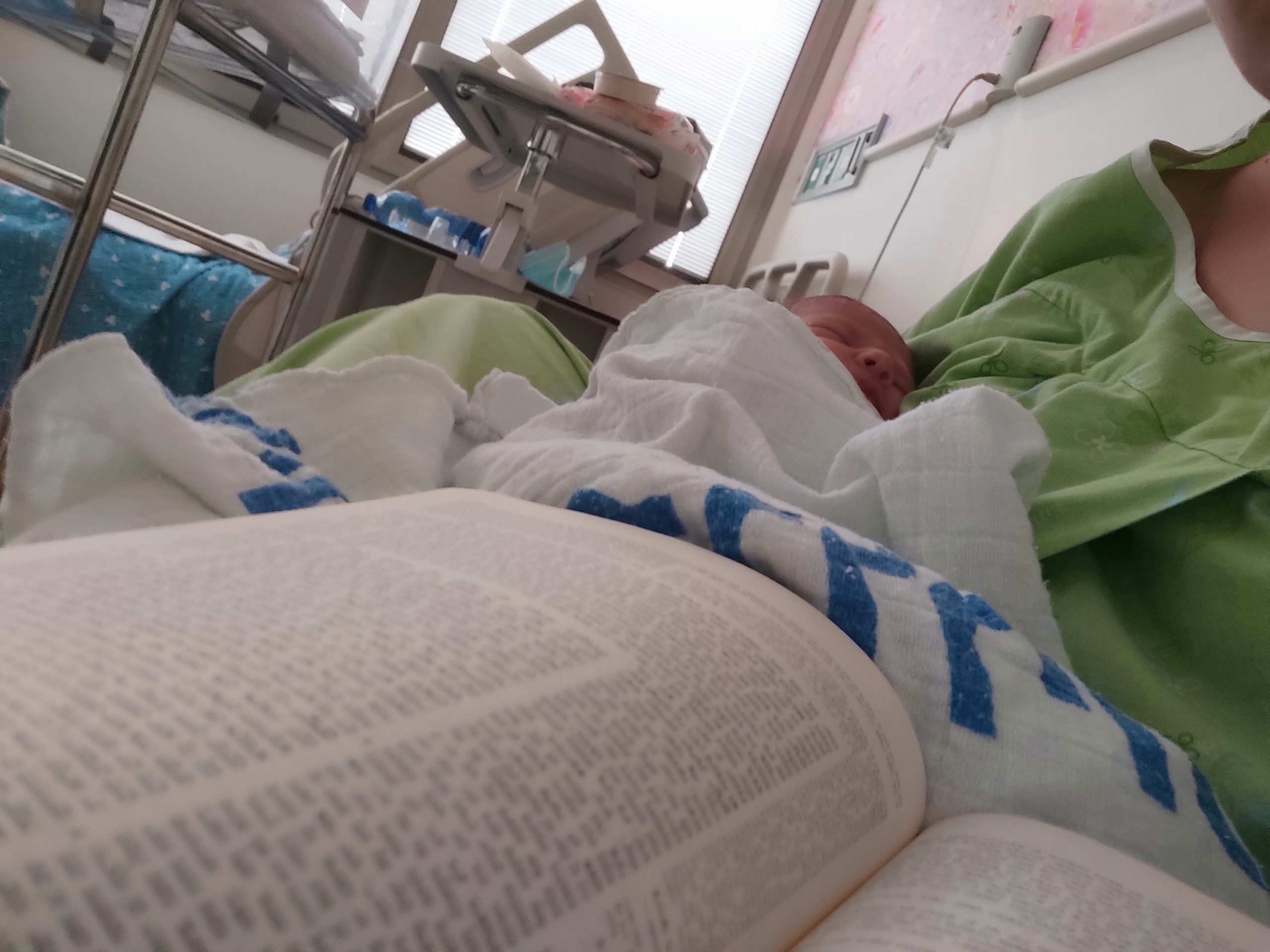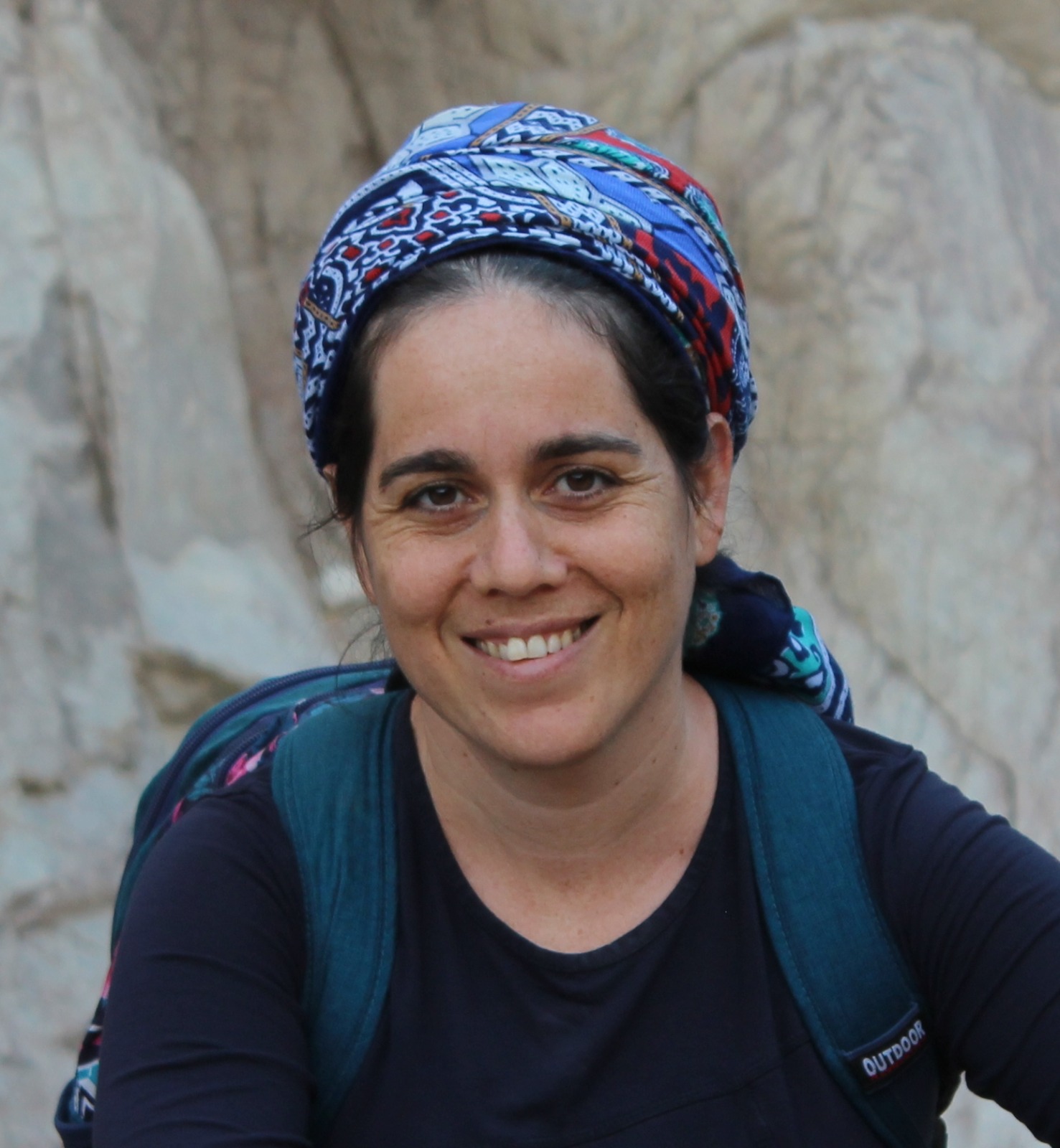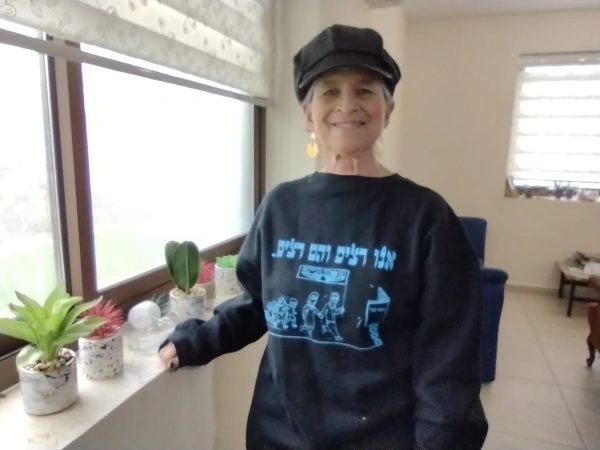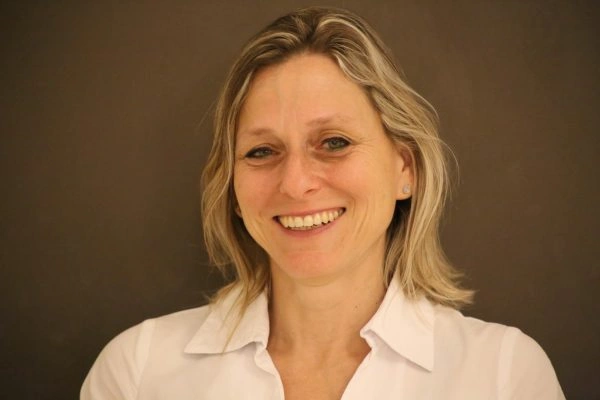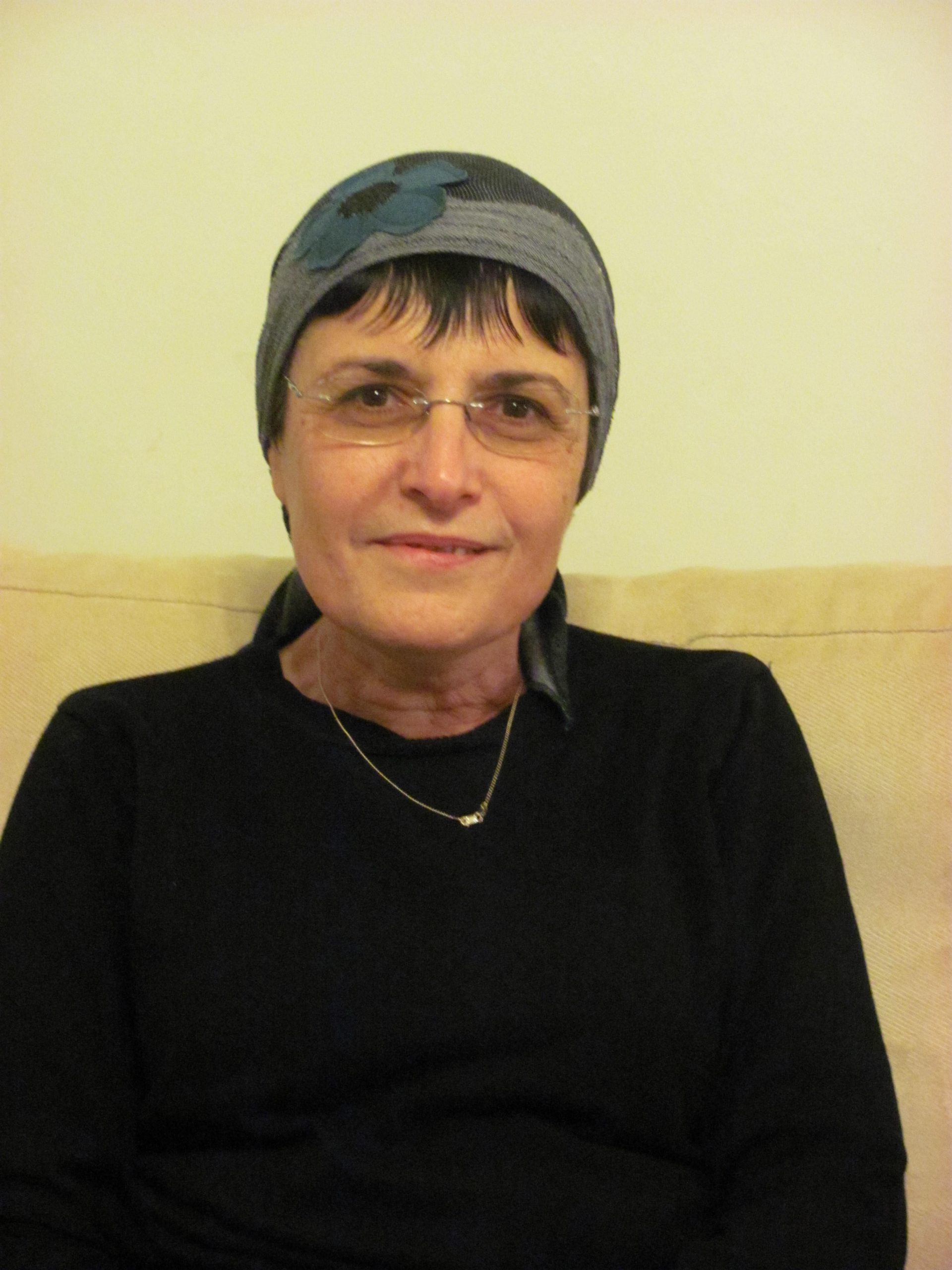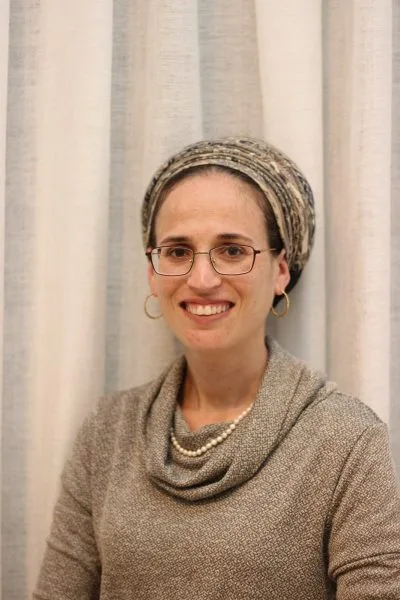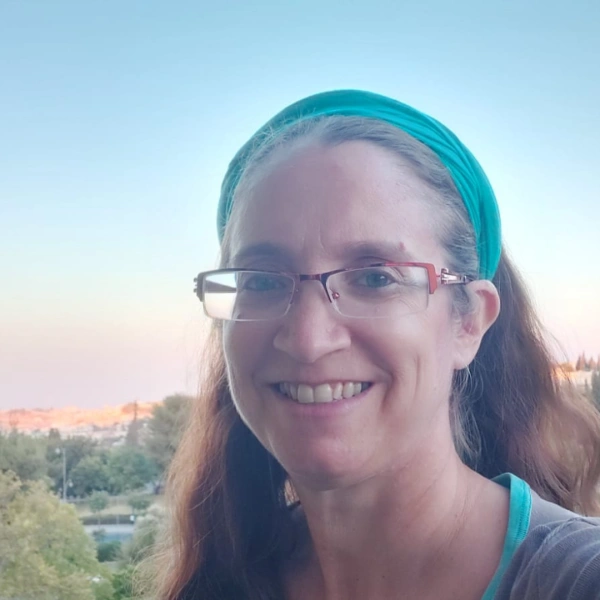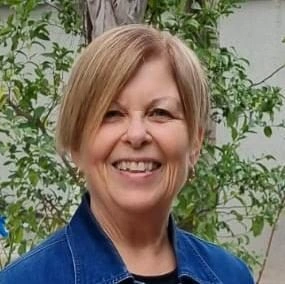דף-נלווה-חולין-כא. דף נלווה חולין כא מה קובע שהבהמה נחשבת נבלה או שהאדם מטמא טומאת אוהל? מהי מחלוקת חכמים ור’ אלעזר בר’ שמעון לגבי שחיטת הסימנים בעולת העוף – האם צריך לשחוט את הכל או רק רוב? מאיפה לומדים את זה מהתורה?
לימוד השבוע מוקדש ע”י טינה לם לע”נ יצחק מאיר בן הרב צבי אריה ואסתר בתיה.
רוצים להקדיש למידה? התחל כאן:
לימוד השבוע מוקדש ע”י טינה לם לע”נ יצחק מאיר בן הרב צבי אריה ואסתר בתיה.
העמקה
רוצה להבין מה באמת קורה מתחת לפני השטח של הסוגיה?
שיעורים, פודקאסטים והרחבות של מיטב המורות שלנו יפתחו לך עוד זוויות וכיווני חשיבה.
חדשה בלימוד הגמרא?
זה הדף הראשון שלך? איזו התרגשות עצומה! יש לנו בדיוק את התכנים והכלים שיעזרו לך לעשות את הצעדים הראשונים ללמידה בקצב וברמה שלך, כך תוכלי להרגיש בנוח גם בתוך הסוגיות המורכבות ומאתגרות.
פסיפס הלומדות שלנו
גלי את קהילת הלומדות שלנו, מגוון נשים, רקעים וסיפורים. כולן חלק מתנועה ומסע מרגש ועוצמתי.
חולין כא
מכל מקום קשיא אמר רבא אימא וכן הוא עושה חותך שדרה ומפרקת בלא רוב בשר
In any case, the statement of Ze’eiri remains difficult. What is the significance of pinching a dead bird? Rava said: Say in explanation: And likewise he does when he pinches, he cuts the spinal column and the neck bone without a majority of the surrounding flesh and then he pinches the simanim.
כי סליק רבי זירא אשכחיה לר’ אמי דיתיב וקאמר לה להא שמעתא אמר ליה וכי מתה עומד ומולק (דניאל ד, טז) אשתומם כשעה חדא אמר ליה אימא כך הוא עושה חותך שדרה ומפרקת בלא רוב בשר
The Gemara relates: When Rabbi Zeira ascended from Babylonia to Eretz Yisrael, he found Rabbi Ami sitting and saying this halakha that Ze’eiri said, and Rabbi Zeira said to him: And does one stand and pinch a dead bird? Rabbi Ami was astonished [eshtomam] for a moment (see Daniel 4:16), and thought about it and said to Rabbi Ami: Say that this is what he does: He cuts the spinal column and the neck bone without a majority of the surrounding flesh.
תניא נמי הכי כיצד מולקין חטאת העוף חותך שדרה ומפרקת בלא רוב בשר עד שמגיע לוושט או לקנה הגיע לוושט או לקנה חותך סימן אחד או רובו ורוב בשר עמו ובעולה שנים או רוב שנים
That is also taught in a baraita: How does one pinch the nape of a bird sin offering? He cuts the spinal column and the neck bone without a majority of the surrounding flesh until he reaches the gullet or the windpipe. Once he has reached the gullet or the windpipe, he cuts one siman or its majority and a majority of the surrounding flesh with it; and in a burnt offering he cuts two simanim or the majority of two simanim.
מני אי רבנן הא אמרי שנים דוקא אי כר”א בר”ש האמר רוב שנים
The Gemara asks: Who is the tanna whose opinion is cited in the baraita? If you say it is the Rabbis, don’t they say that one must cut specifically two simanim and not their majority? If it is in accordance with the opinion of Rabbi Elazar, son of Rabbi Shimon, doesn’t he say that one must cut only a majority of the two simanim and no more, in which case why does the baraita specify two simanim or the majority of two simanim?
אימא שנים לרבנן רוב שנים לרבי אלעזר בר”ש ואיבעית אימא הא והא ר’ אלעזר בר”ש ומאי שנים שדומין לשנים
The Gemara answers: Say that when the baraita says two, it is according to the Rabbis; when it says a majority of two, it is according to Rabbi Elazar, son of Rabbi Shimon. And if you wish, say instead: Both this, two, and that, a majority of two, are in accordance with the opinion of Rabbi Elazar, son of Rabbi Shimon, and what is the meaning of two? It does not mean two simanim in their entirety; rather, it means that one must cut a significant majority of the simanim that is similar to two entire simanim.
אמר רב יהודה אמר שמואל נשברה מפרקת ורוב בשר עמה מטמא באהל
§ Rav Yehuda says that Shmuel says: If the neck bone of a person was broken and a majority of the surrounding flesh with it was cut, that person imparts impurity in a tent, i.e., if one is beneath the same roof with him he becomes impure, as his halakhic status is that of a corpse even though he is still twitching.
וא”ת אותו מעשה דעלי מפרקת בלא רוב בשר הואי זקנה שאני דכתיב (שמואל א ד, יח) ויהי כהזכירו את ארון האלהים ויפול מעל הכסא אחורנית בעד יד השער ותשבר מפרקתו וימת כי זקן האיש וכבד וגו’
And if you say that the incident of the death of Eli, the High Priest, whose death is described: “And his neck bone broke, and he died” (I Samuel 4:18), was one where the neck bone broke without the majority of the surrounding flesh being cut, and nevertheless he died immediately, the Gemara responds: Old age is different, as it is written: “And it came to pass, when he made mention of the Ark of God, that he fell from off his seat backward by the side of the gate, and his neck broke, and he died; for he was an old man, and heavy; and he had judged Israel forty years” (I Samuel 4:18).
אמר ר’ שמואל בר נחמני א”ר יוחנן קרעו כדג מטמא באהל א”ר שמואל בר יצחק ומגבו
Rabbi Shmuel bar Naḥmani says that Rabbi Yoḥanan says: If one ripped a person like one cuts a fish, lengthwise, the halakhic status of the ripped person is that of a corpse even though he is still convulsing, and he imparts impurity in a tent. Rabbi Shmuel bar Yitzḥak says: And that is specifically if he was ripped from his back.
אמר שמואל עשאה גיסטרא נבלה א”ר אלעזר ניטל הירך וחלל שלה (ניכר) נבלה ה”ד חלל שלה (ניכר) אמר רבא כל שרבוצה ונראית חסרה
§ The Gemara resumes discussions of the halakhot of an animal. Shmuel says: If one rendered the animal like a shard [gistera] by cutting it in two widthwise, its halakhic status is that of an unslaughtered carcass even though it is still convulsing. Rabbi Elazar says: If the thigh, the hind leg of the animal, was removed and its recess is obvious, it is an unslaughtered carcass and it imparts impurity even if it remains alive. The Gemara asks: What are the circumstances of its recess being obvious? Rava said: It is any situation where the animal is collapsed and even so its hind leg is visibly lacking.
תנן התם הותזו ראשיהן אע”פ שמפרכסין טמאים כזנב הלטאה שמפרכסת
We learned in a mishna there (Oholot 1:6) with regard to creeping animals whose carcasses are ritually impure: If their heads were removed, even if they are convulsing, they are impure like the tail of a lizard that was severed that convulses even though it is not alive.
מאי הותזו ר”ל אמר הותזו ממש ר’ אסי אמר רבי מני כהבדלת עולת העוף
The Gemara asks: What is the meaning of the term: Were removed? Reish Lakish said: They were actually removed. Rabbi Asi said that Rabbi Mani said: It is like the separation of the head of the bird burnt offering.
א”ל ר’ ירמיה לרבי אסי כהבדלת עולת העוף לרבנן ולא פלגיתו או דלמא כהבדלת עולת העוף לר”א בר”ש ופלגיתו
Rabbi Yirmeya said to Rabbi Asi: Do you mean like the separation of the head of the bird burnt offering according to the Rabbis, who hold that in addition to the neck bone and the surrounding flesh, one also completely severs the simanim, and then you and Reish Lakish do not disagree, as it is just like breaking the neck of the animal, since nothing remains other than the skin? Or perhaps you mean like the separation of the head of the bird burnt offering according to Rabbi Elazar, son of Rabbi Shimon, who says that one cuts the majority of two simanim, and you and Reish Lakish disagree, as Reish Lakish holds that the animal imparts impurity only when it is completely beheaded.
א”ל כהבדלת עולת העוף לר”א בר”ש ופליגינן
Rabbi Asi said to Rabbi Yirmeya: I mean like the separation of the head of the bird burnt offering according to Rabbi Elazar, son of Rabbi Shimon, who says that one cuts the majority of two simanim, and we disagree.
איכא דאמרי ר”ש בן לקיש אמר הותזו ממש ר’ אסי א”ר מני כהבדלת עולת העוף לרבי אלעזר בר”ש ברוב שנים
There are those who say that Rabbi Shimon ben Lakish said: They were actually removed. Rabbi Asi said that Rabbi Mani said: It is like the separation of the head of the bird burnt offering according to Rabbi Elazar, son of Rabbi Shimon, who holds that one suffices with cutting a majority of two simanim.
מאי רבנן ומאי רבי אלעזר בר”ש דתניא (ויקרא ה, י) ואת השני יעשה עולה כמשפט כמשפט חטאת בהמה
§ The Gemara asks: What is the opinion of the Rabbis, and what is the opinion of Rabbi Elazar, son of Rabbi Shimon? The dispute is as it is taught in a baraita: With regard to a sliding-scale offering, in which a poor person who cannot afford an animal sin offering brings two doves or two pigeons, one as a sin offering and one as a burnt offering, it is written: “And he shall prepare the second as a burnt offering, according to the ordinance” (Leviticus 5:10), which means according to the ordinance of an animal sin offering in whose stead the offering was brought.
אתה אומר כמשפט חטאת בהמה או אינו אלא כמשפט חטאת העוף כשהוא אומר והקריבו חלק הכתוב בין חטאת העוף לעולת העוף ומה אני מקיים כמשפט כמשפט חטאת בהמה מה חטאת בהמה אינה באה
Do you say that it is according to the ordinance of an animal sin offering, or perhaps it is only according to the ordinance of a bird sin offering? The Gemara answers: When it says with regard to the bird burnt offering brought as a gift offering: “And the priest shall bring it to the altar” (Leviticus 1:15), meaning that it shall be sacrificed in a unique manner, the verse distinguished between a bird sin offering and a bird burnt offering. And if so, how do I realize the meaning of the term “according to the ordinance”? It means according to the ordinance of an animal sin offering; just as an animal sin offering comes only
אלא מן החולין וביום ובידו הימנית אף עולת העוף אינה באה אלא מן החולין וביום ובידו הימנית
from non-sacred animals and not from an animal purchased with second-tithe money, and it is sacrificed only during the day, and with the right hand of the priest, so too, a bird burnt offering comes only from non-sacred animals, and it is sacrificed only during the day, and with the right hand of the priest.
אי מה להלן ברוב שנים אף כאן ברוב שנים ת”ל (ויקרא א, טו) ומלק והקטיר מה הקטרה הראש בעצמו והגוף בעצמו אף מליקה הראש בעצמו והגוף בעצמו
The baraita asks: If so, perhaps just as there, with regard to an animal sin offering, slaughter is valid with the cutting of the majority of two simanim, the windpipe and the gullet, so too here, with regard to a bird burnt offering, the pinching is valid with the cutting of the majority of two simanim. Therefore, the verse states: “And pinched off its head…and burned it on the altar” (Leviticus 1:15). This indicates that just as with regard to burning, the head is burned by itself and the body is burned by itself, so too with regard to pinching, the head remains by itself and the body remains by itself.
רבי ישמעאל אומר כמשפט כמשפט חטאת העוף מה חטאת העוף ממול עורף אף עולת העוף ממול עורף
Rabbi Yishmael says: “According to the ordinance” (Leviticus 5:10), which is written with regard to the sliding-scale bird sin offering, means according to the ordinance of the bird sin offering mentioned in the previous verse. Just as a bird sin offering is pinched adjacent to its nape (Leviticus 5:8), beneath the occipital bone, so too a bird burnt offering is pinched adjacent to its nape, beneath the occipital bone.
אי מה להלן מולק ואינו מבדיל בסימן אחד אף כאן מולק ואינו מבדיל בסימן אחד תלמוד לומר (ויקרא א, ה) והקריבו
If so, perhaps just as there, with regard to the bird sin offering, he pinches and does not separate between the head and the body and leaves one siman uncut, so too here, with regard to the burnt offering, he pinches and does not separate between the head and the body and leaves one siman uncut. Therefore, the verse states: “And the priest shall bring it,” meaning that a bird burnt offering shall be sacrificed in a unique manner, not like the sin offering.
רבי אלעזר ברבי שמעון אומר (ויקרא ה, י) כמשפט כמשפט חטאת העוף מה להלן
Rabbi Elazar, son of Rabbi Shimon, says: “According to the ordinance” means according to the ordinance that is written with regard to a bird sin offering. Just as there,





















